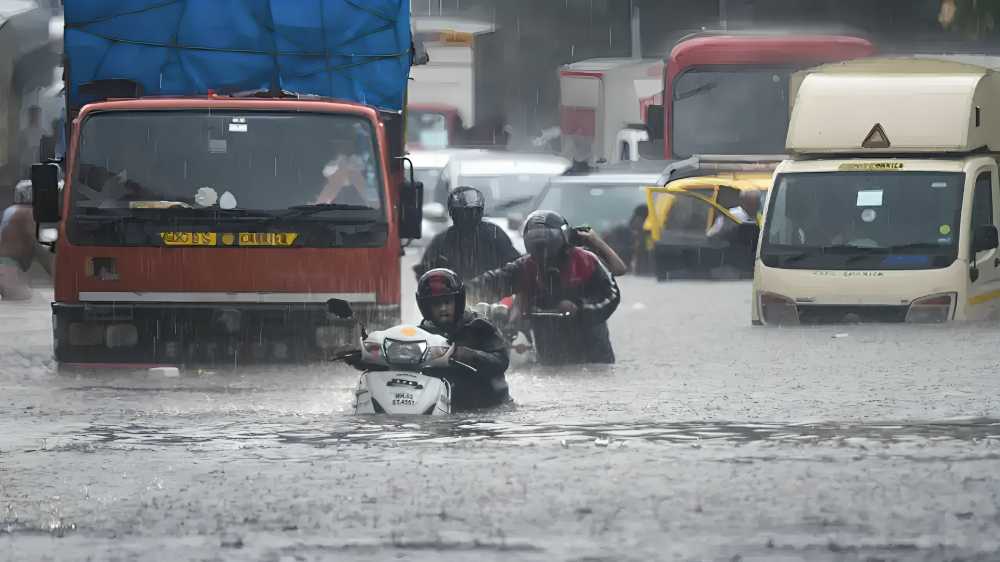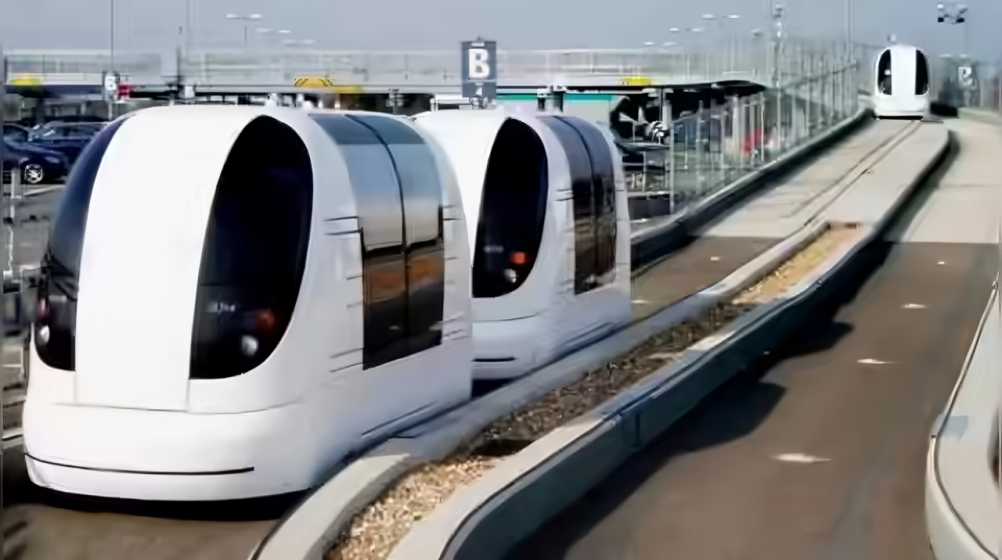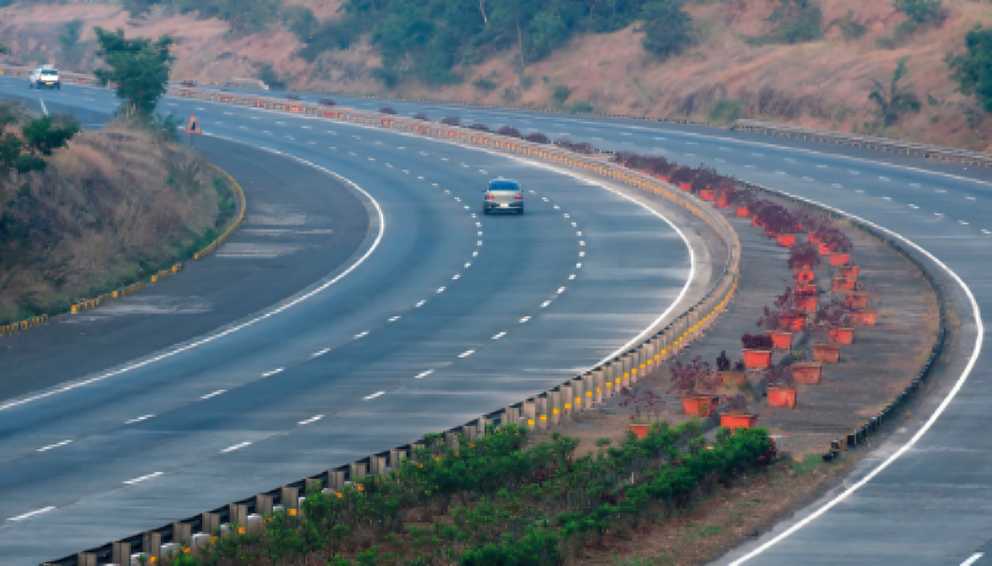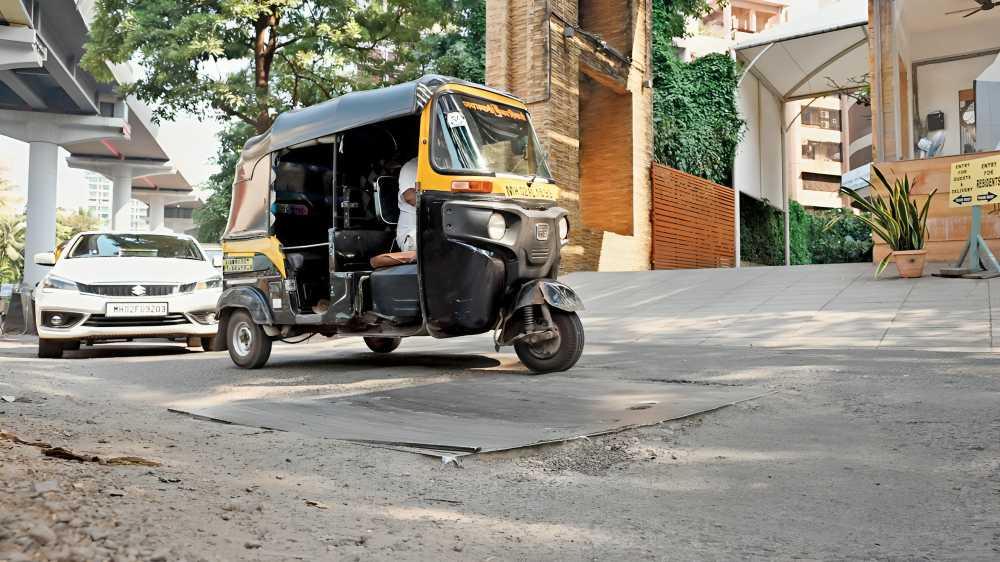Mumbai, India’s financial capital, is once again submerged under heavy rainfall as the southwest monsoon arrived 16 days ahead of schedule — the earliest since 1950, according to the Meteorological Department. The city has been grappling with waterlogged roads, submerged railway tracks, and even flooded metro stations. With alarming visuals circulating across social media, the India Meteorological Department (IMD) has issued a red alert, warning of extremely heavy rainfall and urging citizens to remain indoors.
While the rainfall itself is inevitable and even welcomed, the annual disruption it causes remains a pressing concern. Despite endless debates, the city continues to struggle with flood-like situations year after year due to a combination of natural factors, ageing infrastructure, rapid unplanned urbanisation, and administrative shortcomings.
Mumbai’s drainage system, built during the British era, is over a century old and designed to handle only 25 mm of rainfall per hour. Modern rain patterns, however, bring intense downpours in short bursts, overwhelming both surface and underground drainage systems. The BRIMSTOWAD project, launched to revamp the stormwater network after the devastating 2005 floods, remains incomplete even today.
Urban development has also come at the cost of wetlands, mangroves, and natural floodplains. Rivers like the Mithi have been choked with debris and pollution. Coastal geography further compounds the issue — during high tide, rainwater cannot drain into the sea, causing widespread flooding.
Poor waste management adds to the chaos, with plastic and construction waste often clogging the drains. Climate change has intensified the problem, increasing the frequency of extreme weather events and raising sea levels.
With multiple agencies working in isolation, the need for integrated planning, better early warning systems, and infrastructure overhauls has never been more urgent if Mumbai is to escape this annual cycle of chaos.
Source: Mumbai Now





